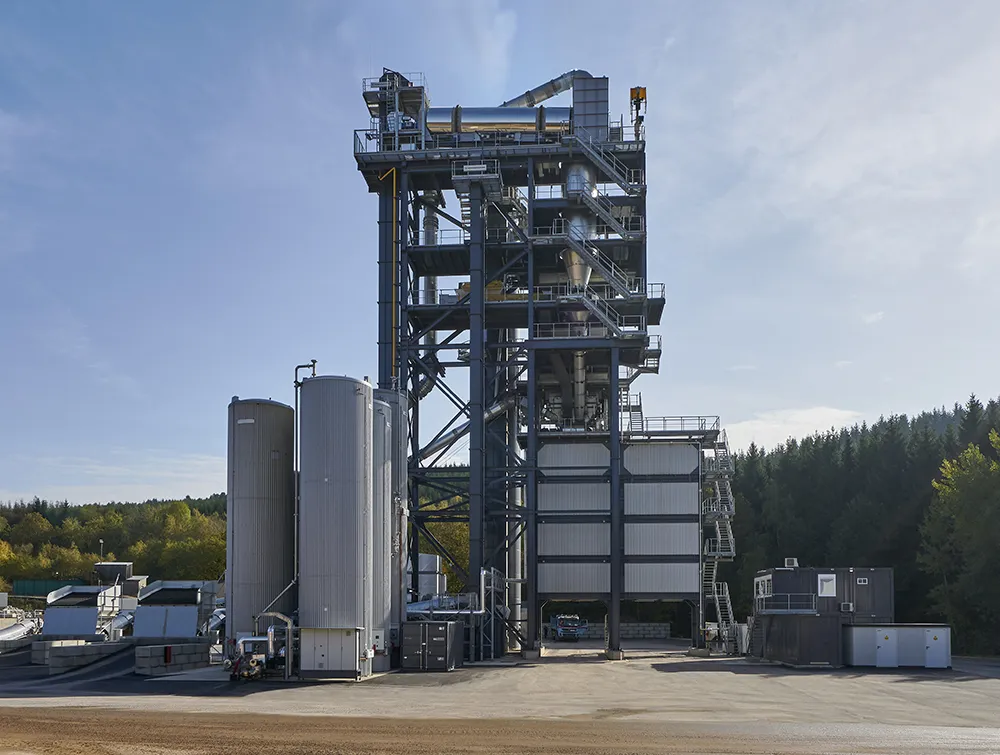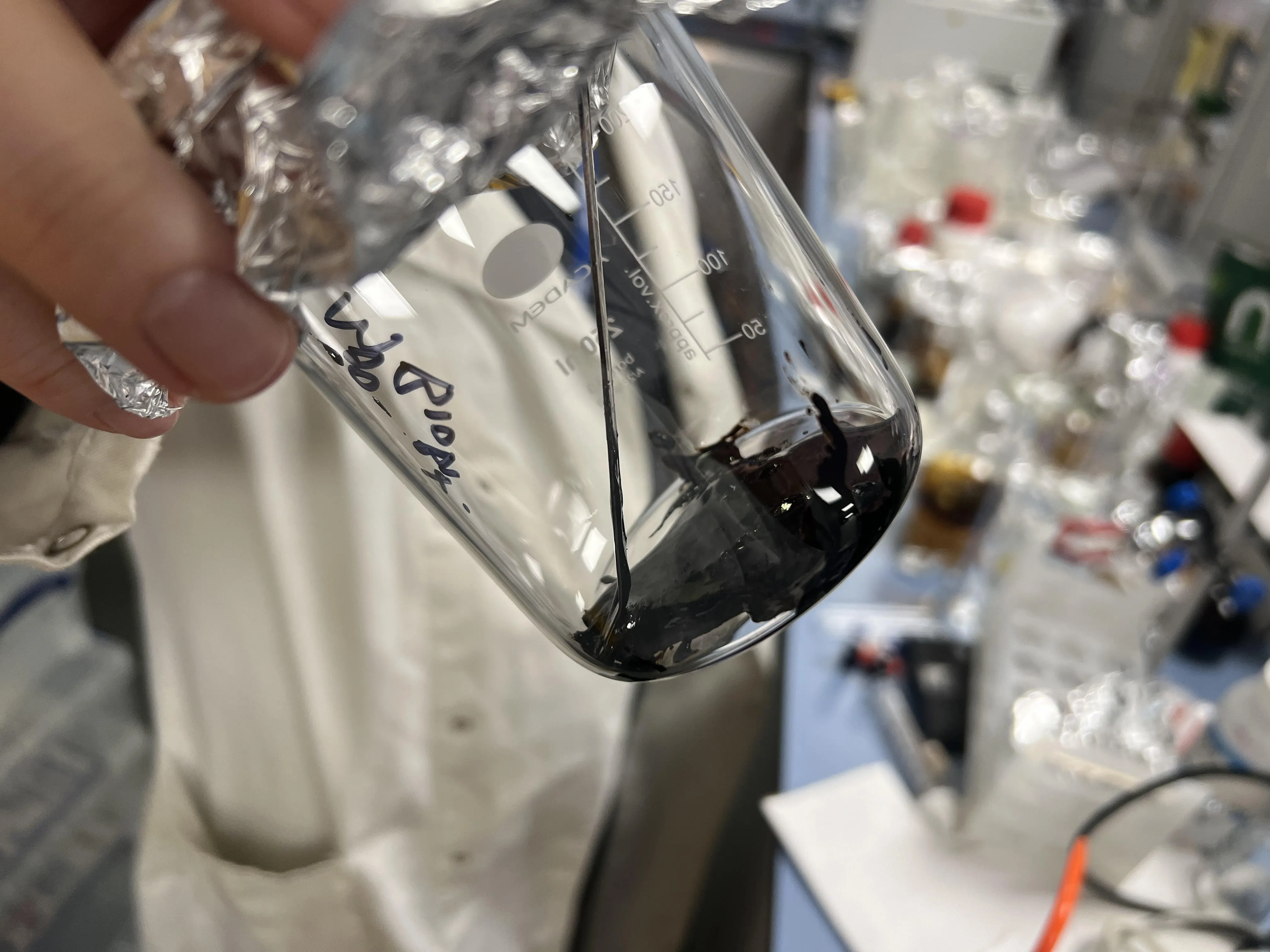Rising energy costs and increased awareness of safety and environmental issues have encouraged the development of Warm Mix Asphalts (WMA), which are typically produced at temperatures of between 130°C and 145°C, compared with around 175°C for traditional Hot Mix Asphalt (HMA). WMAs are regularly used in many European countries, as well as both North and South America. The three most common ways to lower the working temperature of asphalt are: a) foaming technologies; b) wax additives; and c) chemical (surfa
February 1, 2013
Read time: 4 mins

Introduction
Rising energy costs and increased awareness of safety and environmental issues have encouraged the development of Warm Mix Asphalts (WMA), which are typically produced at temperatures of between 130°C and 145°C, compared with around 175°C for traditional Hot Mix Asphalt (HMA). WMAs are regularly used in many European countries, as well as both North and South America. Production
The three most common ways to lower the working temperature of asphalt are: a) foaming technologies; b) wax additives; and c) chemical (surfactant) additives. Foaming technologies involve the sudden vaporisation of water that is present in the mix or is introduced through nozzles or using zeolitic additives. This helps to disperse the bitumen and coat the aggregate. Wax additives are used to reduce the viscosity of the binder, which enables mixing to occur at lower temperatures, while chemical additives allow coating at lower temperatures not by reducing the viscosity but by acting as surfactants, reducing the surface tension of the binder.
Benefits
A wide range of environmental and workplace benefits have been identified as a result of producing and laying asphalt at lower temperatures, including: 1. Reduced energy consumption during production: Running an asphalt plant at lower temperatures can reduce fuel consumption by 25-30% compared with HMA production. 2. Lower emissions: Lower temperature production results in significantly reduced emissions from an asphalt plant, including a reduction of up to 40% in carbon dioxide (CO2) emissions.
3. Higher RAP content: The fact that WMA processes facilitate the coating of aggregates means an increased proportion of RAP materials can be used in the mix.
4. Better working environment: Lower laying temperatures create a more comfortable working environment for paving operatives and reduces fumes.
5. Uses conventional asphalt plant: Other than the equipment needed to introduce the additives, producing WMA does not require any significant modifications to the asphalt plant.
Performance: Review of the technology
With the environmental benefits of warm mix asphalts now widely understood and accepted, the focus for current research is very much on the performance of these mixes, and how they compare with their HMA counterparts. Among the issues currently being studied, stiffness, resistance against rutting, and water sensitivity are among the most frequently investigated issues The in-service performance of a WMA pavement depends on the exact mix and the type of WMA process or additive used. However, one recent study that used laboratory made samples found that chemically modified warm mixes are comparable to equivalent hot mixes with regard to compaction behaviour and water sensitivity. Another study that looked at cores extracted from test roads found that mixtures modified with a zeolitic additive have comparable properties to those of conventional hot mix asphalt, with visual inspections after one year of life indicating no difference between the surface courses. Only the indirect tensile stiffness modulus and wheel-tracking performance has been found to be slightly inferior in some cases, which is thought to be the result of less oxidative ageing. A major focus of current research is to understand exactly how the reduction in oxidative ageing that occurs with lower temperature mixes changes the mechanical properties of the asphalt in comparison with HMAs. While it appears to lead to an improvement in some aspects of the pavement’s performance – particularly reduced thermal cracking and block cracking – it does appear to affect stiffness and wheel tracking performance, and is thought to account for a reduction in Marshall stability.
Studies are also looking at the impact of reduced production temperatures and added water (in the case of foaming techniques) on the water sensitivity of warm mix asphalts during their service life.
Comparisons between WMAs and HMAs that are carried out under laboratory conditions tend to use evaluation methods that were designed for HMAs, and are not necessarily appropriate for warm mixes. Experts in the field are calling for the use of different tests – such as advanced rheological tools – that will help develop a better understanding of the underlying mechanisms of behaviour, as these are different to their HMA counterparts.
Future research will also look more closely at issues that have not yet been fully investigated, including mechanical performance at low temperatures, and the possible consequences of using warm mixes with high RAP content on old/virgin binder interaction, mix workability and end performance.To receive a digital copy of the Nynas Performance %$Linker:









